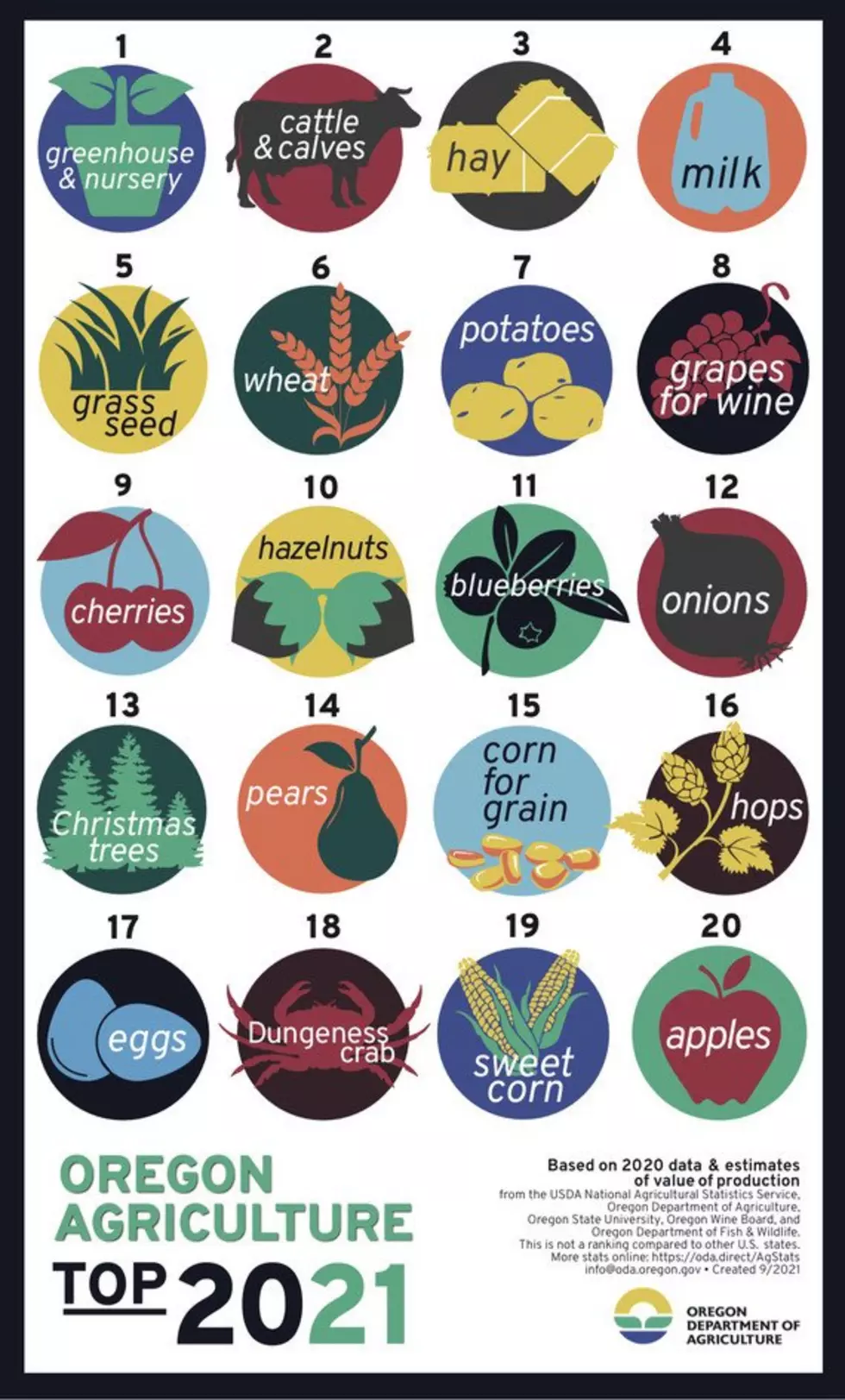
Snip and Stick Method Expands Nursery
Are you looking to expand and preserve your nursery plants? Try the snip and stick method where you cut off chutes from a plant and stick in a mixture that’s 80 percent pumice and 20 percent peat moss.
Oregon State University Horticulturist Neil Bell said there are a lot of benefits and reasons to do it.
“If you got something that’s very unusual, that may not be readily found in the nursery, than it makes it possible to propagate it yourself.”
By increasing the numbers of plants or flowers that you like, you can also fill holes in your gardens when the chutes are ready to plant in April.
Bell said it’s important to avoid patented or trademarked plants, and that you don’t want the chutes to be subjected to freezing temperatures, but one of the best parts of snip and stick is the simplicity.
“You don’t need a lot of equipment to do this. You don’t need a greenhouse or protective structures to pull it off. It’s kind of a fun thing to do and a way to propagate some of your garden treasures to share with friends and family.”
Bell’s recommendations for taking hardwood cuttings:
- You’ll need: clean small clippers (the sharper the better), clean 3- to 4-inch deep tray, rooting hormone, tight-fitting gloves to protect hands against prickles and hormone, and a soilless mixture of 80 percent perlite and 20 percent peat moss. If you’ve used the tray before, wash with soap and water or a mild bleach solution and let them dry thoroughly.
- Start with a healthy plant. Those stressed by disease, pests or drought will have a high failure rate.
- Fill tray with perlite-peat moss mixture.
- The easiest cuttings to take are shoot tips from strong-growing twigs. Cut the twig about 3 to 4 inches long, which will leave a cutting with at least a couple of nodes (where the leaves and buds attach to the stem). With deciduous cuttings, make sure to keep track of the top and bottom of the cutting: buds on the shoot always point to the tip. If you can’t tell which side is up, cut the tip at an angle and the bottom straight.
- Bundle them up and take them to your workstation. Remove bottom foliage from the cutting, leaving two leaves or leaf buds at the top. If they have berries or fruit, remove those, too. Be careful not to tear the bark. If the plant is evergreen and has large leaves like a rhododendron, cut off half of each leaf.
- Snip off a bit from the bottom of the stem to refresh the cut. Dip the bottom end of the stem in rooting hormone and stick in the the tray ½ to 1 inch apart. Press “soil” around the cutting.
- Apply water so that the mixture is thoroughly moist but not sopping wet.
- Place in a sheltered spot where the cuttings get the most shelter you can provide.
- If it doesn’t rain or the cuttings are under an eave, keep them watered.
- When the forecast predicts freezing weather, bring the trays inside. Put them out as soon as the temperature comes back above 32 degrees.
- Don’t worry if leaves start to fall off; it’s natural. But clean them out of the tray to keep them from rotting and causing disease.
- In late March or early April, tug on a couple of the cuttings. If they don’t budge, they’ve rooted. If so, transplant them into 4- or 6-inch pot, depending on the size of cutting. If more roots have grown than will fit in the pot, don’t be afraid to trim them.
If you have a story idea for the Washington Ag Network, call (509) 547-1618, or e-mail krounce@cherrycreekradio.com.
More From PNW Ag Network









